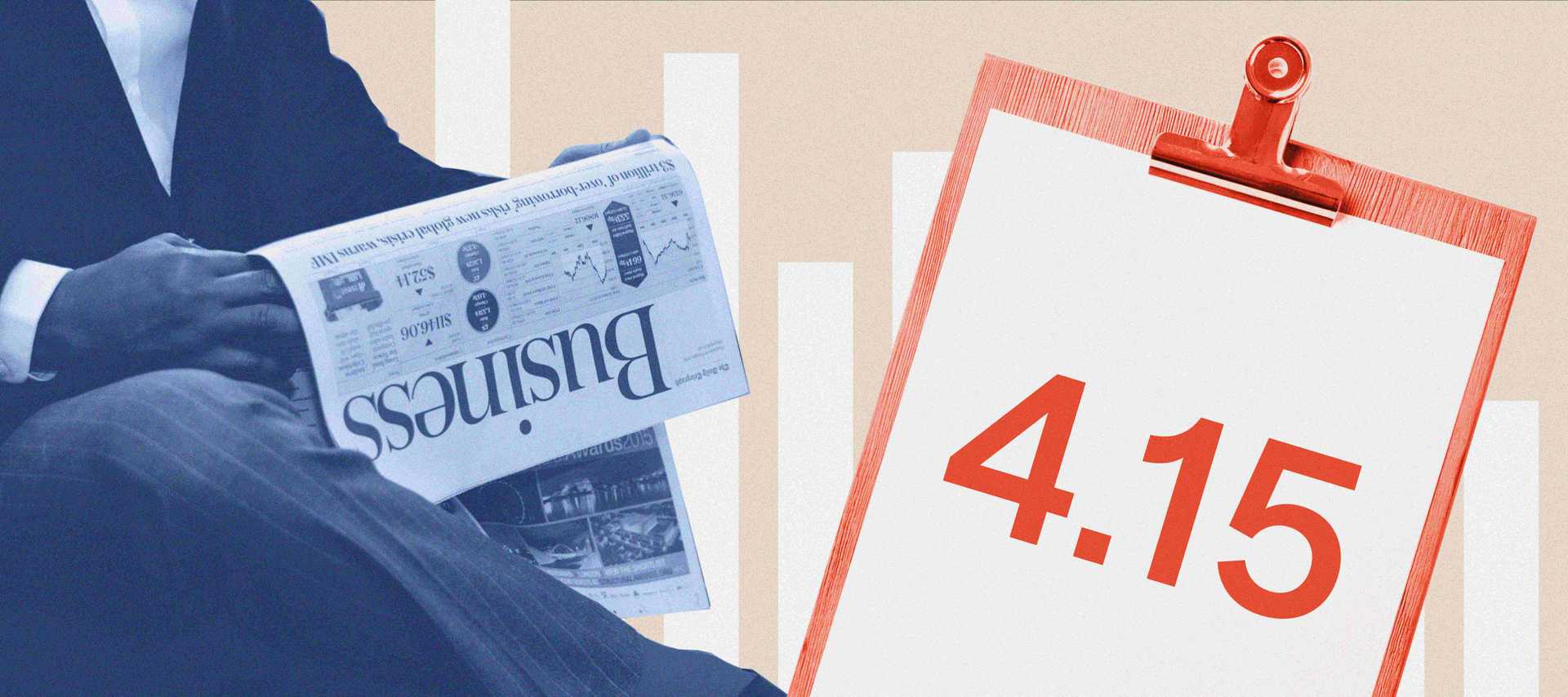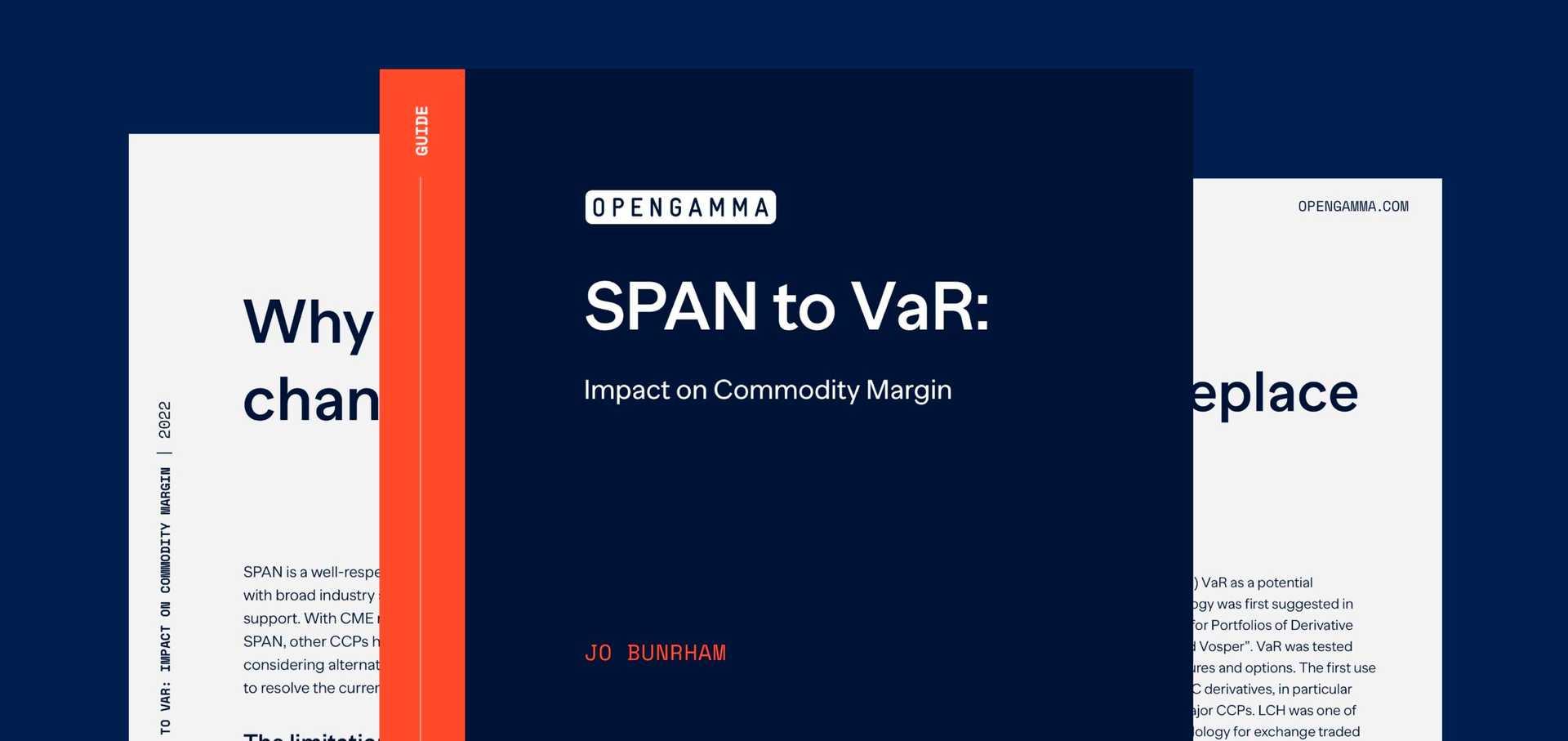The 4.15 Report Became the First Value At Risk (VaR) Report
The late 1980s saw a huge change in financial markets, with the ‘Big Bang’, the deregulation and restructuring of financial markets, leading to the electronification of trading and arguably to ‘Black Monday’ (October 19th 1987), a global markets, single day, fall of in excess of 20% (note: This event is routinely used as a staple in bank stress testing).
Understandably, the decade saw a significant increase in volatility and market risk becoming a critical concern for major trading banks. One response to this, from the largest banks, was a heightened need to know the market risk position as soon as possible following the close of the trading day. One such institution was JP Morgan, whose chairman, Dennis Weatherstone, wanted a report, and metric, that captured the complexity of the market whilst providing a market risk view for the following day. This report was required by 4.15pm and became known as the 4.15 report.
The 4.15 report became, in fact, the first Value at Risk (VaR) report and was a sensitivity-based calculation designed to take into account correlations and offsets and give a final number that was ‘the maximum loss that can be expected over a specified time frame (1 day, for example), with a specified confidence level (99% for example).
Over the following years, the VaR methods were improved, to include Historic and Monte Carlo flavors, and the measure was adopted enthusiastically by regulators and banking bodies such as the Basel Committee on Banking Supervision (BCBS). This adoption has effectively ensured that VaR is the central plank for market risk management globally.
Two decades after Black Wednesday, the world’s financial markets faced the 2007/8 Credit Crisis and ‘Great Recession’. Essentially, market risk had transformed into credit risk across the market as a whole. The regulatory response to this was to (over) collateralize the system through central clearing, significant changes to bilateral trading agreements and BCBS driven bank capitalization guidelines. Governing bodies throughout the world put new stress testing and capital adequacy rules into place to adhere to these guidelines, the final phases of which are still coming on-stream, such as VaR based margining for futures and Uncleared Margin Rules (UMR) phases rolling through.
Now, in 2020, the financial markets as a whole are looking at the intended and unintended consequences of 40 years of change, crisis, response and repercussion (credit risk been transformed into liquidity risk) and we can make reasonable predictions as to where risk management and mitigation sits. One clear area for focused attention is Liquidity Risk.
The new margin rules mean that firms from the buy side now have a greater than ever responsibility to collateralize the system, through initial margin, the collateral called to cover the ‘risk’ of the derivative (the amount that could be lost between failure to pay variation margin and the exchange being able to flatten the position) and variation margin the collateral called to cover the daily change in value of the derivative (essentially the daily P&L). These calls can be a considerable drag on liquidity for asset managers, who have to make sure that funds needed are available to cover them as they become due to post. To do this, funds have to be able to accurately forecast what that margin is likely to be the day before it is called.
With this need in mind, we should ask whether the 4.15 report for the 2020s is a liquidity report, which allows treasurers and cash desks to ensure that funding is in place, in the most cost effective way, to post as and when the margin calls are made the following day. To see what this is likely to entail, we can take our cues from four decades of evolving market regulation that has led us to this current need.
Know Tomorrow’s Cash Requirement Today – Predict Accurately and Early
Given that we know our market position, and the current state of the market, we should have the tools we need to accurately predict what tomorrows initial margin and variation margin are likely to be. To do this, we can value the portfolio as is, using that market data, to get to the variation margin, and we can apply a T-1 set of risk parameters to generate the initial margin. This should be sufficient, given that the idea of initial margin is not to be driven by single day moves in the market, but more to reflect the riskiness of the market over time.
A nuance of the margin process is single currency margining, where funds can pay multiple currency calls in their local currency. This can be a costly way to avoid the complexity of meeting multiple calls in different currencies. One of the chief benefits of forecasting ahead is that the forecast itself can be reported by currency, providing total control of how margins are posted. The opportunity to actively deal with multiple currency margin posting becomes an important bonus of margin forecasting.
Know How Much Cash Buffer Is Needed – Don’t Be Caught Off Guard By Normal Market Volatility
In a similar way that banks understand the market risk to their balance sheet value, we should be able to estimate the reasonable amount of liquidity that we would need to meet margin calls, outside of extreme situations, going forward. A kind of Margin at Risk (MaR) number would give us a high level of confidence in our short-term liquidity capabilities.
Know How Bad the Margin Call Could Get? – Be Prepared For Market Extremes
Systemically Important Financial Institutions (SIFIs) are asked to run stress tests to understand how their liquidity positions could be impacted in various pre-defined stressed scenarios. They are then asked to create Liquidity Contingency Plans to show how those liquidity impacts would be dealt with. Buy side funds need to understand, in the same way, what a stressed margin call might look like, and how they would deal with it. Running defined stress tests has to be a feature of Active Margin Management.
In summary, we can look at time between the 1980s to the 2020s from many angles, but one has to be deregulation and financial market stimulus leading to bank held market risk transforming, over that time, into buy side liquidity risk, largely through regulation. The result is, though, that the 4.15 report remains as important as ever, but now as the key risk report for buy side, rather than sell side, treasury.



